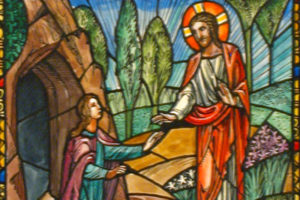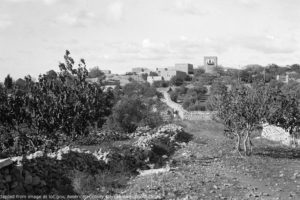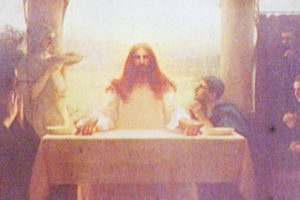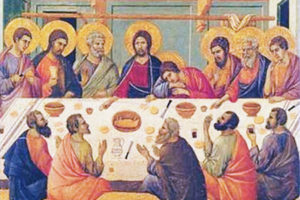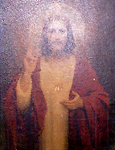CATHOLIC FAITHWATCH: “EASTER VIGIL HOMILY OF THE HOLY FATHER [SAINT] JOHN PAUL II, Holy Saturday, 14 April 2001” – VaticanVa
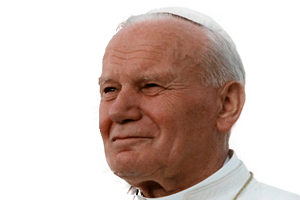
“1. ‘Why do you seek the living among the dead? He is not here, but has Risen’ (Lk 24:5). … the two men dressed ‘in dazzling apparel’ rekindle the hope of the women who … rushed to the tomb …. They … experienced the tragic events culminating in Christ’s crucifixion … the sadness and the confusion. In the hour of trial … they had not abandoned their Lord. They go secretly to the place where Jesus was buried in order to see Him again and embrace Him one last time. … moved by love, that same love that led them to follow him through the byways of Galilee and Judea, all the way to Calvary. What blessed women! They did not yet know that this was the dawn of the most important day of history. … that they … would be the first witnesses of Jesus’ Resurrection.
2. “They found the stone rolled away from the tomb” (Lk 24:2). … ‘… they did not find the Body …’ …. In one brief moment, everything changes. Jesus ‘is not here, but has Risen.’ This announcement … chang[ing] the sadness of these pious women into joy, re-echoes with changeless eloquence throughout the Church in … this Easter Vigil. … the mother of all vigils, during which the whole Church waits at the Tomb of the Messiah, Sacrificed on the Cross. The Church waits and prays, listening again to the Scriptures that retrace the whole of salvation history. … it is not darkness that dominates but the blinding brightness of a sudden light that breaks through with the starling news of the Lord’s Resurrection. Our waiting and our prayer then become a song of joy …. [H]istory is completely turned around: death gives way to life, a life that dies no more. … Christ ‘by dying destroyed our death, by rising restored our life.’ … the Truth that we proclaim with our words … above all with our lives. He whom the women thought was dead is Alive. Their experience becomes our experience. …
3. … O Vigil … you disclose the very heart of our Christian existence! … O Christ, how can we fail to thank you for the Ineffable Gift … you lavish upon us? The Mystery of your Death and Resurrection descends into the Baptismal Waters that receive the old, carnal man and make him pure with divine youthfulness. … Jesus lives and we live in Him. For ever. … This Vigil makes us part of a day that knows no end. The day of Christ’s Passover, which for humanity is the beginning of a renewed springtime of hope. …”
Click here for: “EASTER VIGIL HOMILY OF THE HOLY FATHER [SAINT] JOHN PAUL II, Holy Saturday, 14 April 2001” – VaticanVa
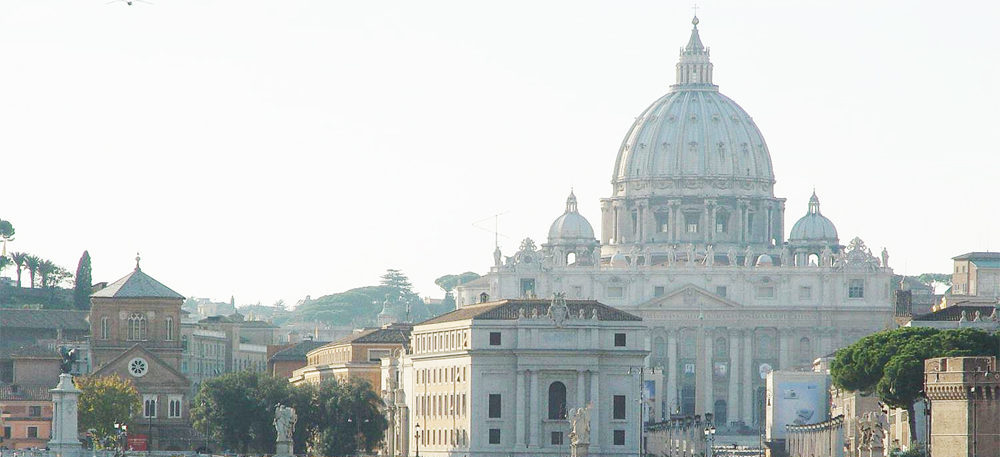
[featured images are file photos]

